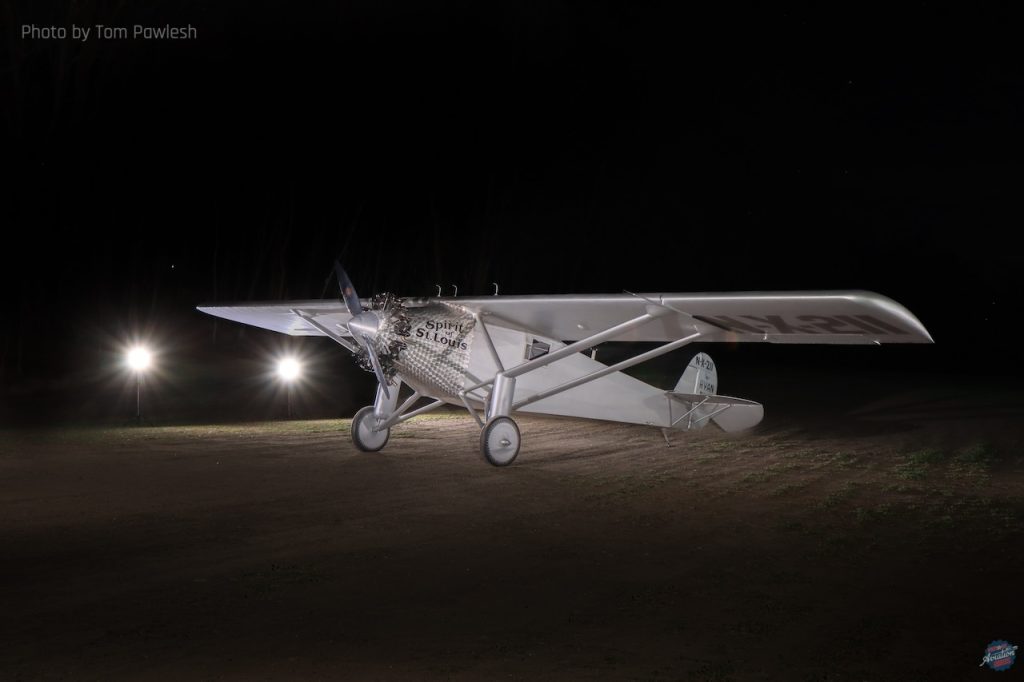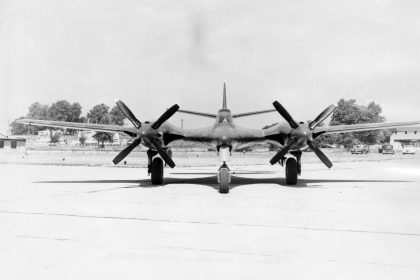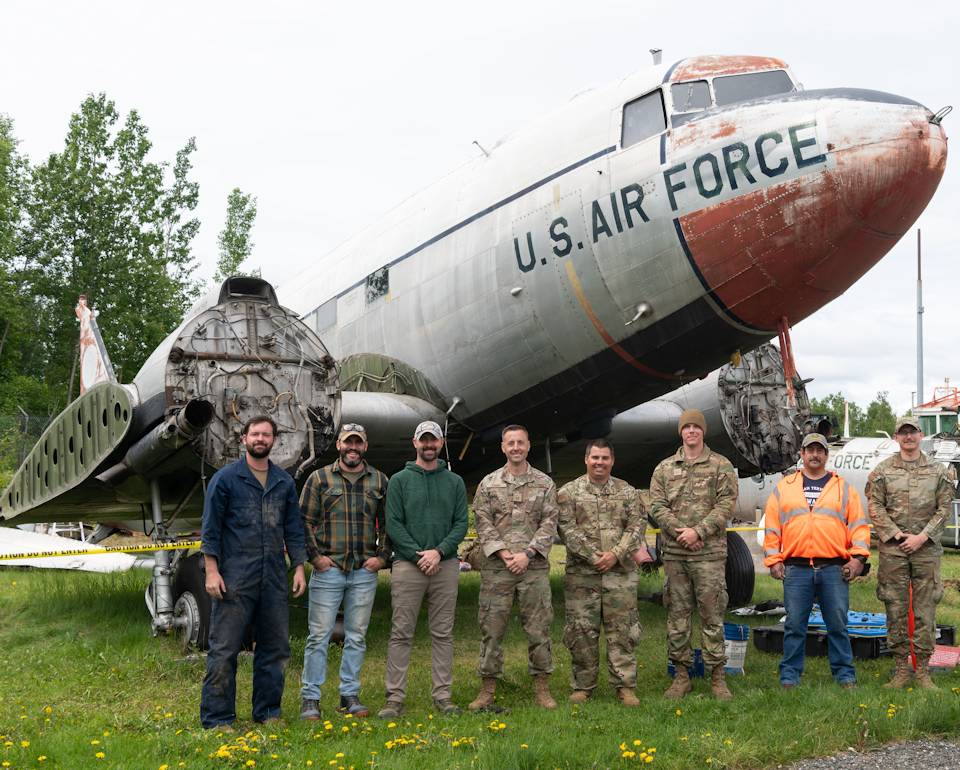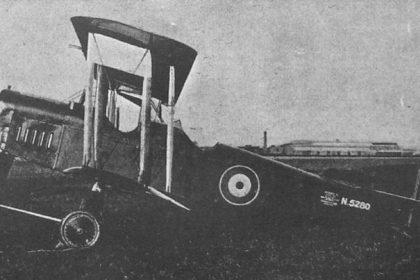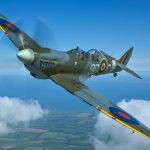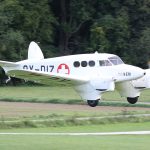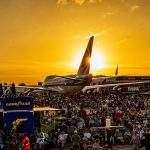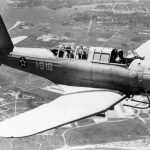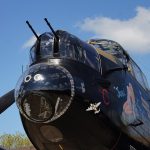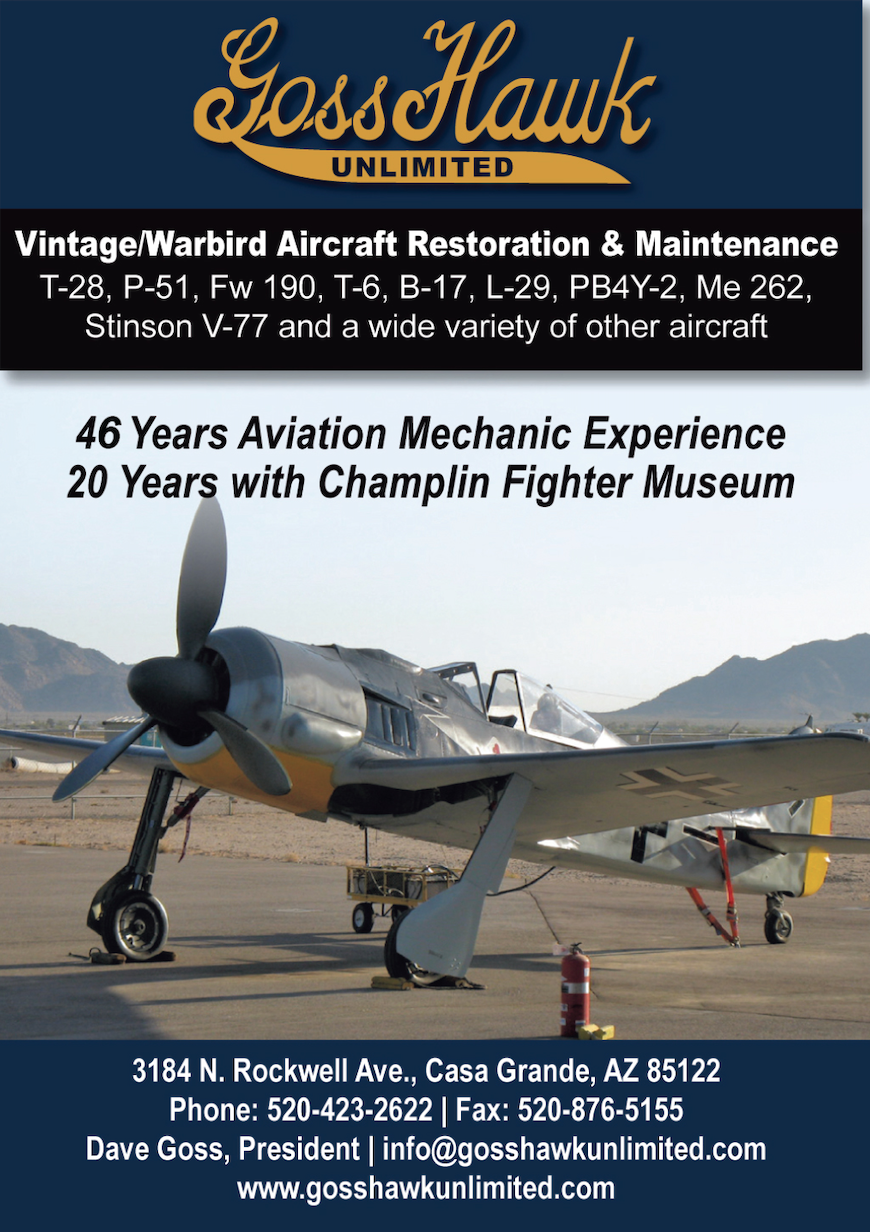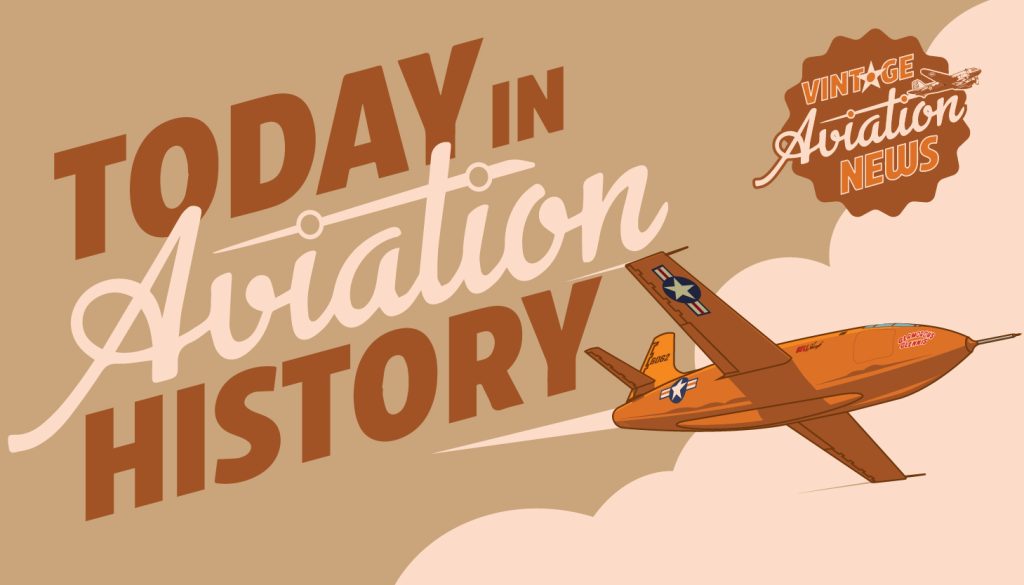 On this day in aviation history, 98 years ago (May 21, 1927), Charles A. Lindbergh successfully completed the first solo nonstop transatlantic flight. Flying the Ryan NYP monoplane known as the Spirit of St. Louis (registration NX-211), Lindbergh departed Roosevelt Field, New York, and landed at Le Bourget Aerodrome near Paris, France, after a grueling 33 hours, 30 minutes, and 30 seconds in the air. The flight covered approximately 3,600 miles. Lindbergh’s arrival in Paris was met by a crowd of over 100,000 jubilant spectators, cementing his place in aviation history. His achievement earned him the coveted Orteig Prize, a $25,000 reward offered to the first aviator to fly nonstop between New York and Paris.
On this day in aviation history, 98 years ago (May 21, 1927), Charles A. Lindbergh successfully completed the first solo nonstop transatlantic flight. Flying the Ryan NYP monoplane known as the Spirit of St. Louis (registration NX-211), Lindbergh departed Roosevelt Field, New York, and landed at Le Bourget Aerodrome near Paris, France, after a grueling 33 hours, 30 minutes, and 30 seconds in the air. The flight covered approximately 3,600 miles. Lindbergh’s arrival in Paris was met by a crowd of over 100,000 jubilant spectators, cementing his place in aviation history. His achievement earned him the coveted Orteig Prize, a $25,000 reward offered to the first aviator to fly nonstop between New York and Paris.

The Spirit of St. Louis was powered by a 223-horsepower Wright J-5C Whirlwind, a 9-cylinder radial engine. The aircraft cruised at speeds between 100–110 mph, with a top speed of 133 mph and a maximum range of 4,100 miles—more than enough to complete the transatlantic journey. One of the most distinctive features of the Spirit of St. Louis was its lack of forward visibility. The main fuel tank was positioned directly in front of the cockpit, requiring Lindbergh to rely on a periscope and side views from the cockpit windows to navigate. He would often yaw the aircraft slightly to see ahead.
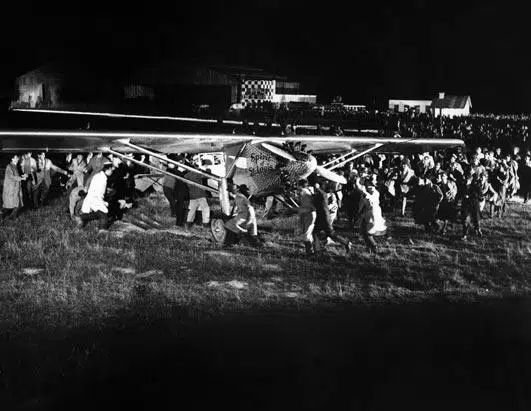
Today, the original Spirit of St. Louis is part of the Smithsonian National Air and Space Museum collection. While the museum undergoes renovations, the aircraft is temporarily grounded, awaiting its return to a place of honor suspended from the ceiling at the National Mall location in Washington, D.C.
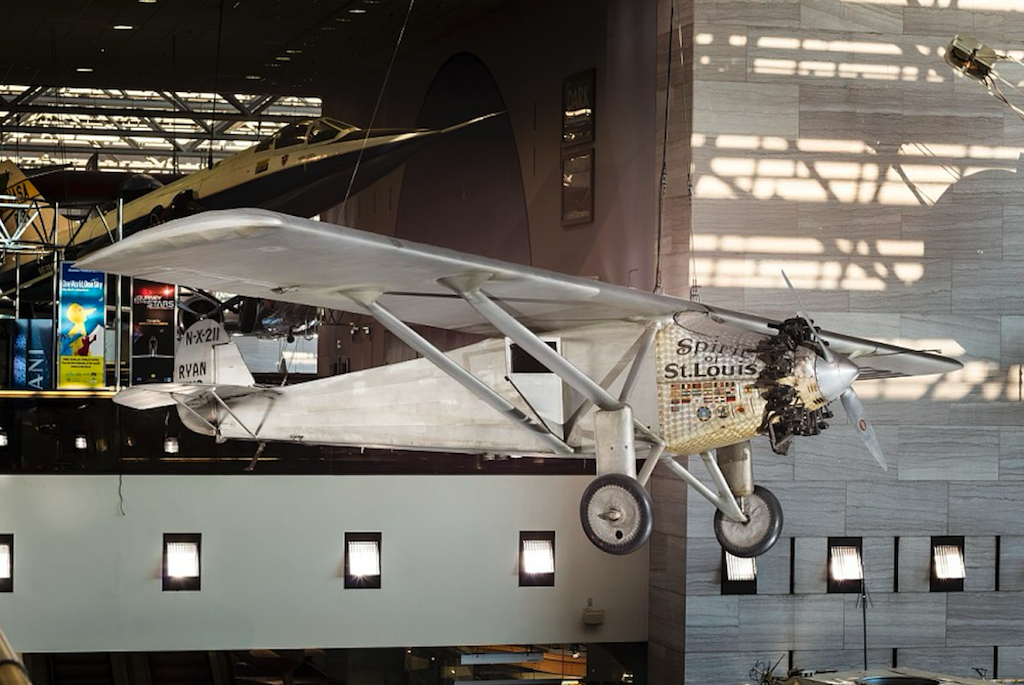
Several full-scale replicas of the Spirit of St. Louis have been built over the years, with some remaining airworthy. Notably, the Old Rhinebeck Aerodrome in New York’s Hudson Valley operates a flying replica that performs regularly during their summer and fall airshow season—bringing Lindbergh’s legacy to life for new generations of aviation enthusiasts.
